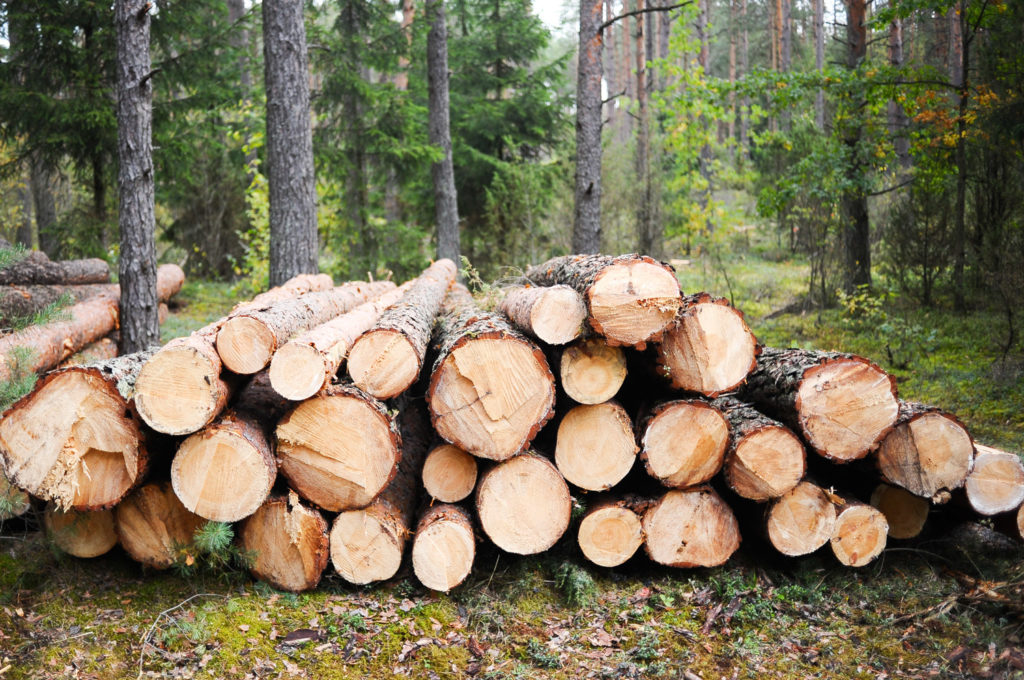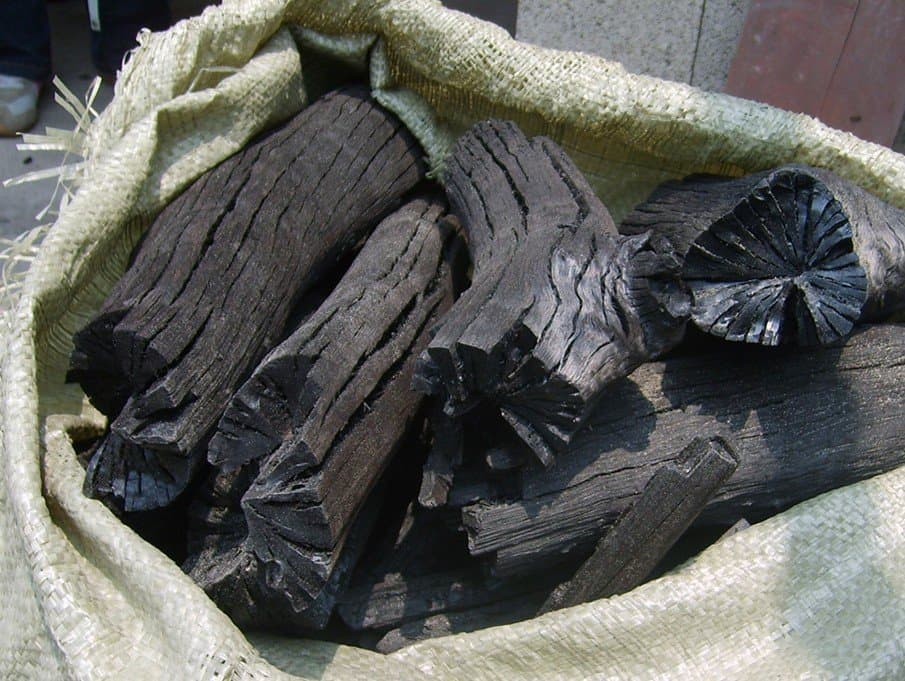Wood charcoal manufacturing from forestry plantations is a process deeply intertwined with sustainable forest management, environmental conservation, and economic development. In this extensive post, we will delve into the intricacies of wood charcoal making machine, exploring its significance, the process involved, its environmental impact, and how it fits into a comprehensive forestry plantation plan.

Introduction to Forestry Plantations:
Forestry plantations play a crucial role in meeting the global demand for wood and other forest products. These managed forests are established for various purposes, including timber production, biodiversity conservation, and environmental protection. Integrating wood charcoal manufacturing into forestry plantation plans offers a multifaceted approach to resource utilization and environmental stewardship.
The Significance of Wood Charcoal:
Wood charcoal, produced through the controlled burning of wood in the absence of oxygen, has been a valuable commodity for centuries. Its applications range from household cooking and heating to industrial processes. Wood charcoal is known for its high carbon content, which makes it an efficient and sustainable energy source. Integrating wood charcoal manufacturing into forestry plantation plans adds value to the overall forest management strategy.
Wood Charcoal Manufacturing Process:
Selection of Suitable Tree Species:
The first step in wood charcoal manufacturing is the selection of suitable tree species. Not all trees are equally effective in producing high-quality charcoal. Hardwoods, such as oak and hickory, are often preferred due to their dense wood and high carbon content.
Tree Harvesting:
Once the suitable tree species are identified, selective harvesting is conducted. Sustainable harvesting practices ensure that the forestry plantation remains healthy and productive over the long term. Clear-cutting is generally avoided in favor of selective cutting to maintain ecosystem integrity.
Wood Processing:
After harvesting, the wood is processed to prepare it for the charcoal-making process. View how is charcoal made from wood. This involves cutting the wood into smaller pieces or logs. The size and uniformity of the wood pieces can influence the efficiency of the charcoal production process.
Carbonization:
Carbonization is the core process in wood charcoal manufacturing. The prepared wood is subjected to controlled heating in the absence of oxygen, typically in a specialized kiln or retort. This process removes volatile components from the wood, leaving behind carbon-rich charcoal.
Cooling and Collection:
The charcoal produced during carbonization is then cooled and collected. The cooling process is crucial to prevent spontaneous combustion. The collected charcoal can be further processed to remove impurities and obtain the desired quality.
Packaging and Distribution:
The final step involves packaging the wood charcoal for distribution. This may include packaging in bags for retail or bulk packaging for industrial use. Efficient distribution networks ensure that the wood charcoal reaches end-users in a timely and cost-effective manner.
Environmental Impact and Sustainable Practices:
Carbon Sequestration:
Sustainable forestry practices, including the establishment of plantations, contribute to carbon sequestration. Trees absorb carbon dioxide during photosynthesis, helping to offset carbon emissions. By incorporating wood charcoal manufacturing into forestry plantation plans, the carbon stored in the wood is utilized efficiently.
Reduced Pressure on Natural Forests:
The demand for wood charcoal often leads to deforestation and the depletion of natural forests. Forestry plantations provide an alternative and sustainable source of wood for charcoal production, reducing the pressure on natural ecosystems.
Biodiversity Conservation:
Thoughtful forestry plantation plans take into account the conservation of biodiversity. By selecting appropriate tree species and implementing sustainable harvesting practices, plantations can coexist with diverse ecosystems, supporting a range of flora and fauna.
Soil Conservation:
Forestry plantations contribute to soil conservation by preventing erosion and maintaining soil structure. This is crucial for the long-term sustainability of the land and ensures that the environmental impact of wood charcoal manufacturing remains minimal.
Renewable Energy Source:
Wood charcoal is considered a renewable energy source, as long as the forestry plantation is managed sustainably. It provides an alternative to non-renewable energy sources and can contribute to a more sustainable and diversified energy portfolio.
Economic Benefits and Community Development:
Job Creation:
Wood charcoal manufacturing from forestry plantations creates job opportunities at various stages of the process, from tree planting and harvesting to processing and distribution. This can have positive implications for local economies, particularly in rural areas.
Income Generation:
Forestry plantations, when managed sustainably, can become a reliable source of income for communities. Income generated from wood charcoal production can support local businesses and contribute to poverty alleviation.
Value-Added Products:
Wood charcoal manufacturing opens up opportunities for the production of value-added products. This may include activated charcoal for various industrial applications, further diversifying economic opportunities associated with forestry plantations.
Community Engagement and Education:
Integrating wood charcoal manufacturing into forestry plantation plans provides an opportunity for community engagement and education. Local communities can be involved in sustainable forestry practices, promoting a sense of ownership and environmental stewardship.

Challenges and Considerations:
Deforestation Concerns:
Despite the potential for sustainable wood charcoal manufacturing, there is a risk of deforestation if forestry plantations are not managed responsibly. Clear guidelines and monitoring mechanisms are necessary to prevent the depletion of natural forests.
Air Quality and Emissions:
The carbonization process in wood charcoal manufacturing can release emissions if not conducted with proper controls. Technologies such as improved kiln designs and gas capture systems can mitigate these concerns and enhance the environmental performance of the process.
Market Dynamics:
The market for wood charcoal can be influenced by various factors, including consumer preferences, competition from alternative fuels, and regulatory changes. Forestry plantation plans need to be adaptable to changing market dynamics to ensure economic viability.
Community Participation:
Successful implementation of wood charcoal manufacturing requires active participation and collaboration with local communities. Establishing transparent communication channels and addressing community concerns are crucial for long-term success.
Conclusion:
Wood charcoal manufacturing from forestry plantations represents a harmonious synergy between economic development, environmental sustainability, and community engagement. By incorporating wood charcoal production into comprehensive forestry plantation plans, we can harness the potential of this renewable resource while safeguarding ecosystems, conserving biodiversity, and supporting local communities. Sustainable forestry practices, coupled with responsible wood charcoal manufacturing, pave the way for a future where our energy needs are met in harmony with nature. As we navigate the complexities of resource utilization, environmental conservation, and economic growth, the integration of wood charcoal manufacturing into forestry plantation plans stands as a testament to the possibilities of a balanced and sustainable future.